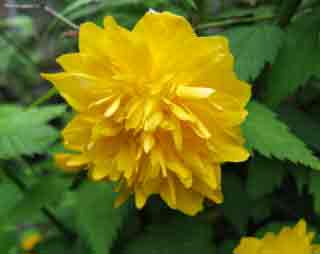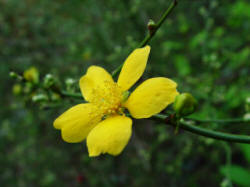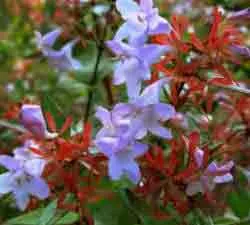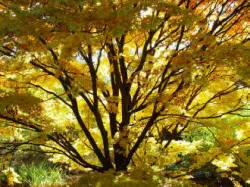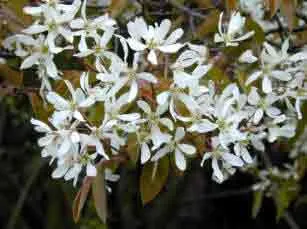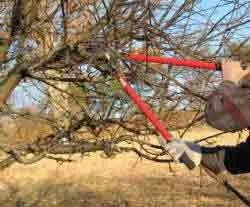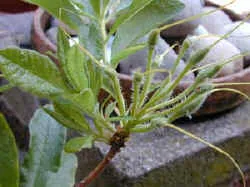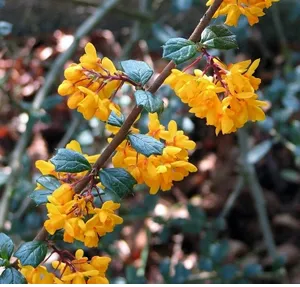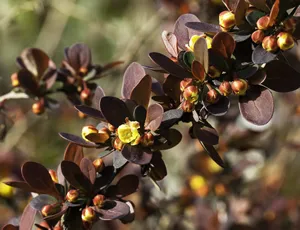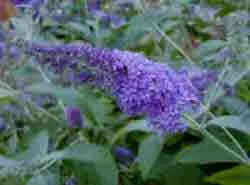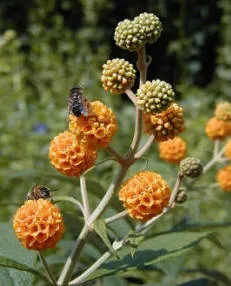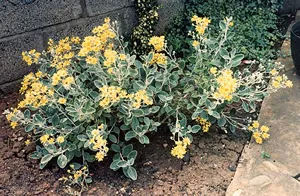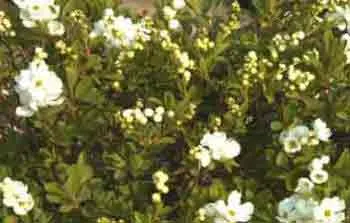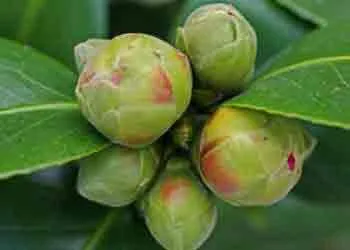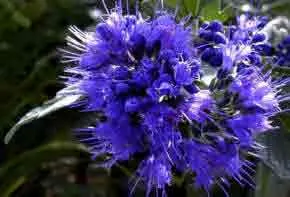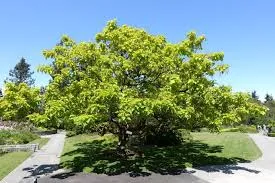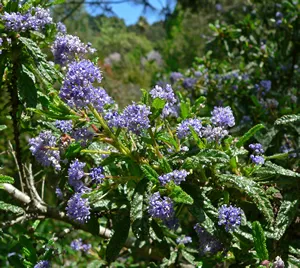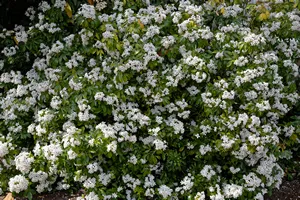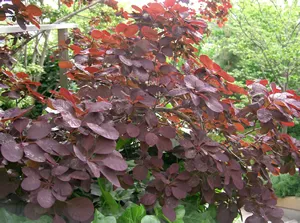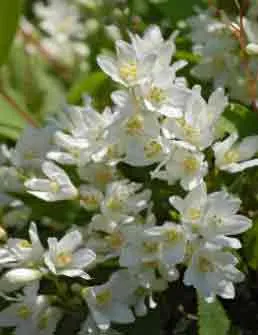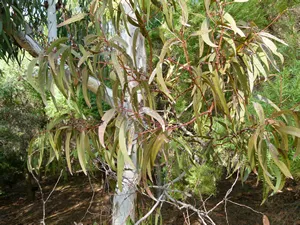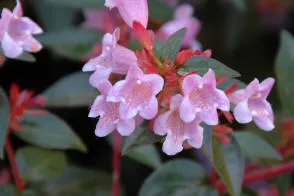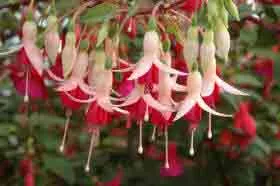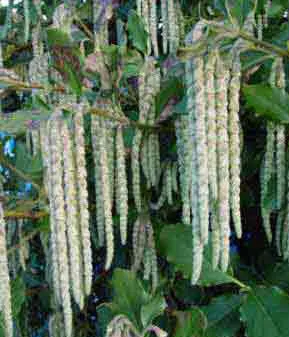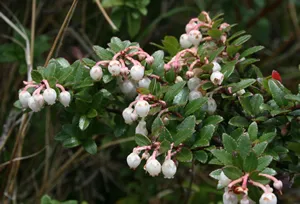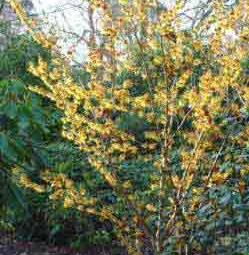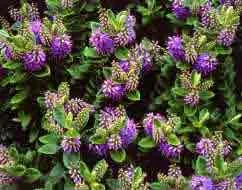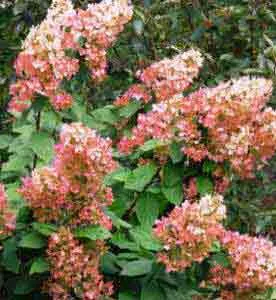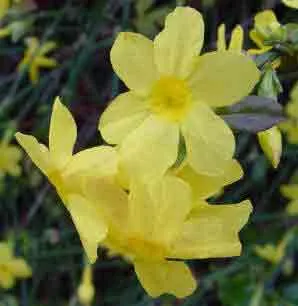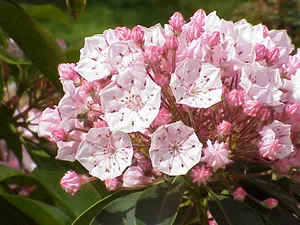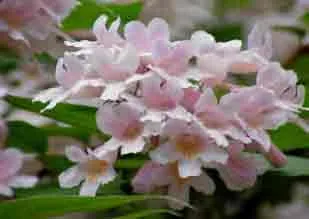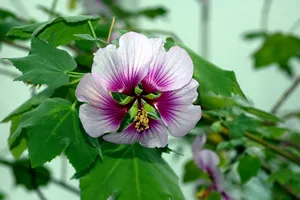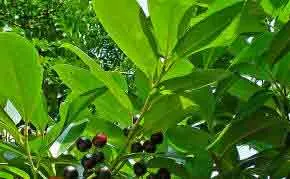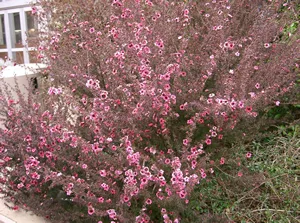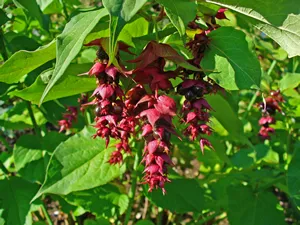
It is important to prune Kerrias just after flowering in late Spring. The flowered shoots are simply cut back, allowing the new growth to ripen for next year's flower crop. It must be done right after flowering - certainly by mid-June for best effect.
Kerria japonica Flore plene, and Pleniflora, together with the variegated kerria Picta pr Variegatum are deciduous shrubs that flower early in the year on growth made in the previous year.
Kerrias can be pruned quite hard after flowering - in spring. They send growth up from the base, and this should be encouraged by the pruning shown above.
Cut back all of the flowered shoots to side shoots or strong buds well down the shrub. Do this right after flowering in order to give next year's flowering shoots plenty of time to develop and ripen.
Every few years or so, the whole shrub can be pruned back to just above ground level - making sure not to cut the new growths that will be emerging from ground level.
This way, you will get a good show of bright green canes in the Winter, followed by the flowers in late Spring.


